The winter holiday and Chinese New Year vacation used to be a great time for people in China to travel abroad and go see friends and family in other parts of the world. However, because of the pesky virus, leaving the country and coming back requires a lengthy time in isolation and being allowed back in at all is a risk we all face.
In November 2021, Michael Pennington did what precious few of us have done since COVID-19 was discovered in Wuhan in 2020: go home and then return to China. It was a lengthy and costly process and Pennington has exclusively shared his comprehensive guide for travel out of and back into China with That’s.
It’s important to note that Pennington is fully vaccinated with China’s Sinopharm vaccine and holds both a work visa and residence permit. These two key criteria enabled him to “easily” return to China. Please note that if you are vaccinated with a non-Chinese vaccine and or do not have a work visa or residence permit, these processes and procedures would not apply.
Please note that Pennington wrote this article during his time in the UK and in quarantine in Novemeber 2021. What he states was accurate to rules and regulations at that time. Travel restrictions due to COVID-19 regularly change. Furthermore, depending on what country you wish to travel to, some of these rules may be different. Double check what regulations are in place in your final destination before planning your trip.
Planning and Booking the Trip
Before you do anything, your work visa and residence permit should have a few months remaining, you may need to extend your trip due to unforeseen circumstances (testing positive for COVID-19, for example).
As soon as I was fully vaccinated with Sinopharm in April 2021, I started to look at flights. There are plenty of options for flying from China to the UK. By contrast, there are not so many options for a return flight. Be careful when booking your return flight; some airports cannot accommodate the COVID-19 testing requirements needed for passengers flying to China; more on that later.
When it comes to buying your ticket, my advice would be to book a return flight (China-UK-China) with the same airline. One-way flight tickets start from more than RMB25,000. Make sure to book your return flight to China as one ticket. I booked with Scandinavian Airlines to London Heathrow via Copenhagen, and returned from Manchester via Copenhagen. My flight was RMB18,000 and I booked it around two months in advance.

Screengrab via Trip.com
Note that airlines will occasionally have their flights suspended for a period of a few weeks if there are too many positive COVID-19 cases found when testing after arrival in China.
Before Leaving China
If you are vaccinated with a Chinese vaccine from the Chinese mainland, you are considered non-vaccinated by the UK government and therefore need a polymerase chain reaction (PCR) test 48 hours before your flight.
I did my PCR test at Jiahui Hospital, Shanghai for RMB220. There are cheaper options available, but you need to make sure that they can issue a bi-lingual report.
All those considered non-vaccinated are required to book a PCR test on day two and day eight after arriving in the UK. When you purchase these tests, you will be given a unique code which is needed for the passenger locator form (PLF). I printed the completed PLF and my negative PCR test report and showed it at the check-in desk when leaving China. This was the only time either document was checked.
When arriving in the UK you are required to self-isolate for 10 days and enter the address on the PLF. I landed in London and was planning to isolate at my mother’s house in Yorkshire. I decided to stay at my brother’s house near London for the first night and travel the next day, which was within the rules.
During your ten days in isolation, you need to do a test on day two and day eight. It’s possible to shorten the self-isolation period to five days by doing a test-to-release test on day five. However, you still need to do the day eight test.
My advice is to use a less expensive home testing service for the day two and day eight tests. If you want to do a day five test-to-release test, pay more for an in person or in clinic test with same-day or next-morning results. There is no point in doing the test-to-release if you have to wait several days for the results.
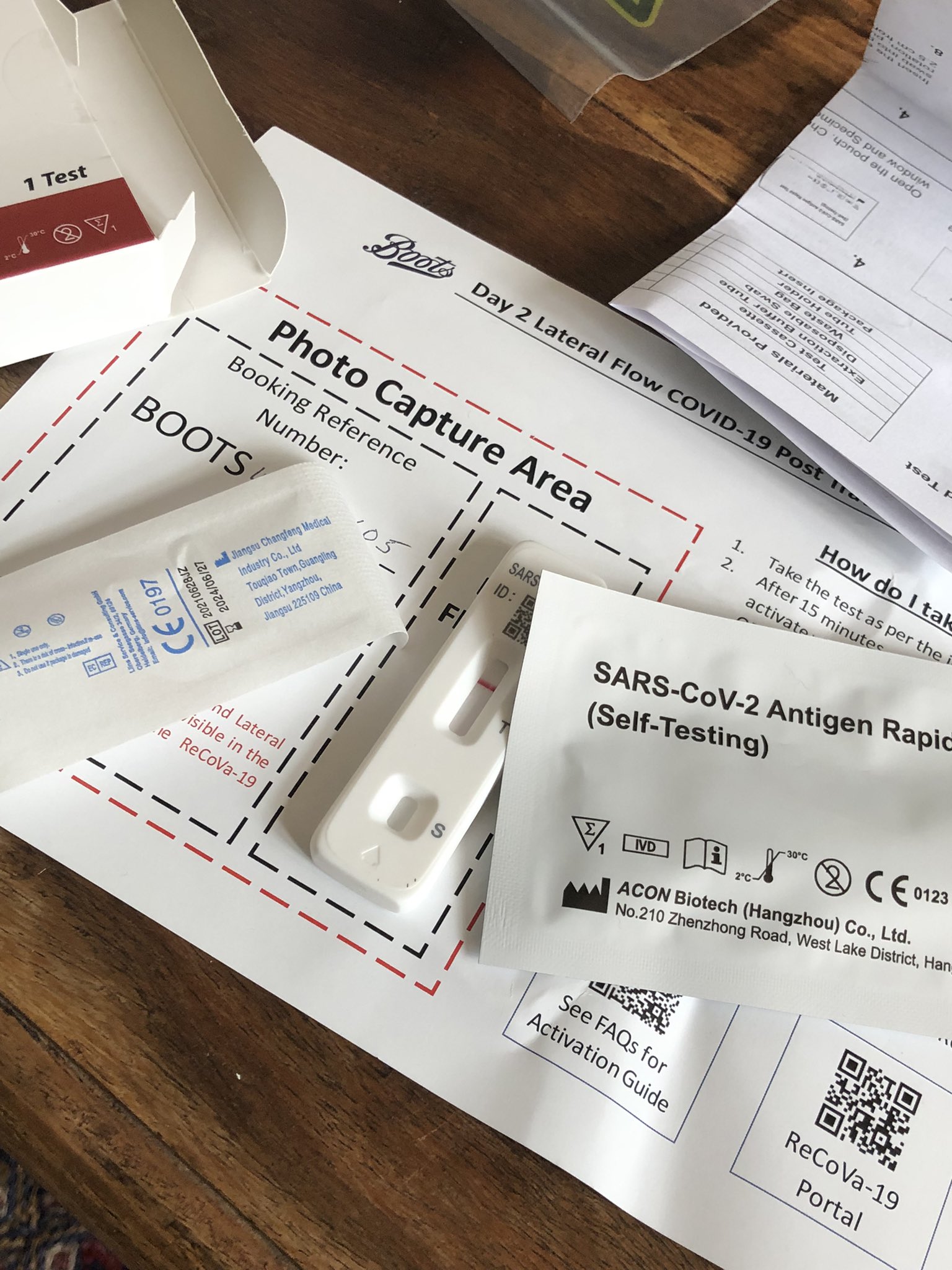
If you shop around, the total cost for the three tests would be around GBP170, or GBP70 if you don’t opt for test-to-release.
It’s also worth noting that, before departing China, you must complete the Customs Pocket Declaration form which is on WeChat.
These are all the documents I printed before departing China:
Vaccination certificate
Negative COVID-19 test within two days prior to flight
PLF (includes details of day-2 and day-8 tests)
Arriving In the UK
After landing at London Heathrow, it was business as usual. No one checked my PLF. I was out of the airport in around 20 minutes. I could have gone straight to the pub (I didn’t).
When it comes to self-isolating, I have heard stories of people getting an in-person visit to ensure you’re following the rules. No one visited me. I had calls on day one and day two which I missed. I had a call on day three which I answered. I received two text messages reminding me to self-isolate and to get tested on day two and day eight.
Your Time in the UK
My biggest concern during my time in the UK was catching COVID-19. So long as you don’t catch COVID-19, there is a clear, tried and tested route to go back to the UK and return to China. If you catch COVID-19, that means additional testing requirements and an extended stay in the UK because you need 90 days of negative tests before you can get approval to fly to China. Be sure to keep up to date with extended testing requirements prior to returning to China. I remained cautious during my time in the UK by staying away from crowded places and avoiding public transport where possible.
Before Leaving the UK
This is where things get interesting.
Your return to China needs approval by the Chinese Embassy in the country from which you are flying. You can do this by applying for a Health Declaration Code (HDC). All necessary documents can be uploaded online. Once everything has been reviewed and approved, you will get a green code. You need to show this green code (plus hard copies of all the necessary documents) to the flight check-in desk when departing the UK.
The Chinese Embassy in the UK requires anyone planning to fly to China to get tested seven days and two days before your flight. You are required to do your seven-day-prior test in a different facility from where you do the two-day-prior test. In addition to the usual PCR test (nose and throat swabs), the two-day-prior test also includes a blood test to check for antibodies. Seven days prior to your flight you need to complete a Personal Health Monitoring Form and take your temperature every day.
This is a complete list of all the documents I uploaded when applying for the Health Declaration Code:
Passport
Residence permit and visa
Flight itinerary
Vaccination commitment letter
Sinopharm/Sinovac vaccination certificate
Travel history declaration form
Seven-day-prior-to-flight negative COVID-19 test
Two-day-prior-to-flight negative COVID-19 antibody test
Two-day-prior-to-flight negative COVID-19 nucleic acid test
Personal health monitoring form
You can submit everything using your phone or your laptop. Once you have uploaded and submitted everything, you will get an orange code. Within a few hours, assuming everything is in order, you will get a green code.
If there are any problems with your documents, you will get a red code. Usually, there will be a brief explanation as to why you have the red code. In most instances, it’s a missed document, so once you have figured out what was missed, you can re-submit. If you have been waiting for your green code for a long time or can’t figure out why your code is red, there is a phone number you can call. This process is stressful and getting the green code is a massive relief. Once you have the green code (issued from the Chinese Embassy or consulate in the UK), you can check-in as normal and fly to the transit country (in my case Denmark).

Testing in Transit
Annoyingly, you are required to get tested again in transit and submit all documents, plus the negative test report from the transit airport to the same website and get a new green code from the transit country.
This is why it’s critical that you transit via a country that has the testing facilities in the airport to meet the requirements for flying to China. You also need to check with the airline that the transit time is enough to allow for testing and for the results to come back.
I arrived in Copenhagen at 12.45pm and straight away headed to the testing area. I didn’t need to book my test ahead of time. However, some transit airports do require pre-booking. There were only a few people in the queue and the whole process took around 30 minutes, but if there are more people, it can take longer.
The cost of testing at Copenhagen airport is GBP440. I joked with the staff that they are printing money and they said, “We don’t need to print money, we have you.”
My flight to Shanghai was at 6.50pm and the results were handed out by the gate at around 5pm. Once you have the negative test result, you need to take a picture of that document, and upload it to the same website for applying for the green code in the UK. I re-submitted all the documents that I had submitted the day before in the UK, plus:
UK boarding pass
UK green code
Transit airport negative COVID-19 test
Fortunately, the website saves all your information, so you just need to upload the images. It was a much shorter wait for the green code in transit – about 30 minutes. Everything is well coordinated between the airline and the testing company. The airline will help if you are having problems with the green code. Similarly, as in the UK, if you have been waiting for your green code for a long time or can’t figure out why your code is red, there is a number for the local embassy you can call.
Once you have the green code, you should complete the Customs Pocket Declaration (the same one you completed when leaving China) and then show the two QR codes to the staff at the gate. You are now approved to fly to China… and relax.
Arriving Back in China
When you land, the first thing you need to do is to show the Customs Pocket Declaration QR code at an e-gate. Next, you need to show your passport and register for another PCR test. There have been lots of reports of the test at Shanghai Pudong airport being like a frontal lobotomy, but the test I had in Copenhagen was worse. Finally, you head to the passport control desks where the procedures are mostly the same as before COVID-19.
Once you have your bags, you head out of the airport and register for your quarantine hotel. I live in Shanghai which means isolating for fourteen days in a hotel, followed by seven days at home. The rules are different if your final destination is outside Shanghai. Again, scan a QR code and submit your details. Make sure to take a screenshot of the code that is generated after you have completed the form and go to the desk assigned to the district you live in. Since my home is in Qingpu, I followed the signs for Qingpu.

Once you are called to the desk, they will take your passport, enter your details on a laptop and wait for the local community where you live “to accept your return.” You can then choose a quarantine hotel in the district you live in.
I chose the Mercure because, although it’s more expensive, the rooms are bigger. There were eight people from my flight heading to Qingpu. We had to wait for everyone’s registration to be completed before leaving the airport on the same bus. Landing and leaving Shanghai Pudong airport took just under four hours.
When you arrive at the hotel (through the back entrance), you will pay for the room (RMB480 for 14 nights in my case) and are given a bag with some documents and your key card. There’s a WeChat group that they use for sharing important information during your stay.
From the moment you land to the moment you get to your room, everyone is fully suited in PPE and hazmat suits. You will be tested on day four, day seven, day fourteen, day sixteen and day twenty-one. Your China health code will be red for the first fourteen days. It will turn orange on day fifteen and green on day twenty-two. We checked our own temperature every morning and afternoon and submitted the result to the WeChat group.
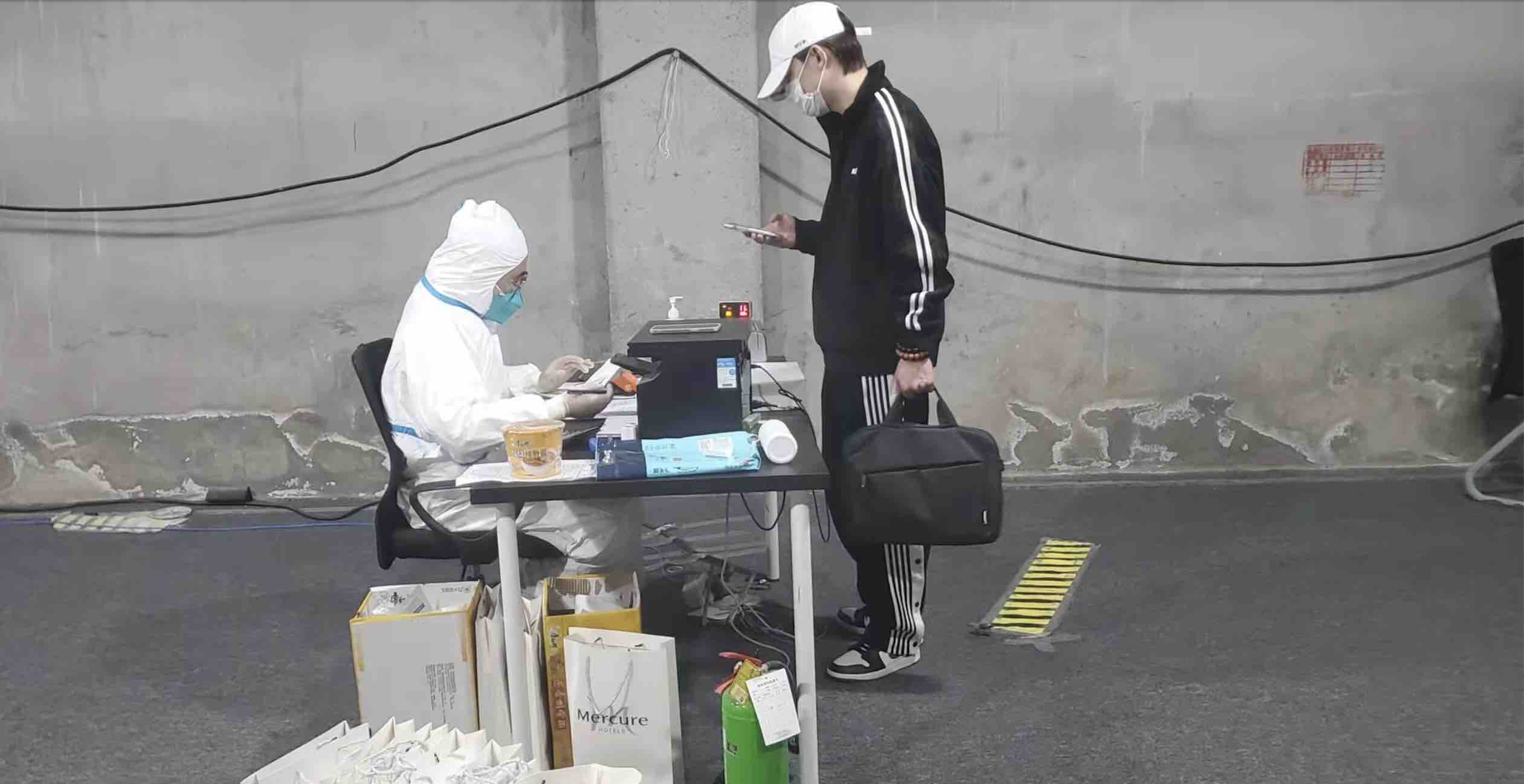
Of the RMB480 room cost, RMB100 is for three meals per day which are delivered to the room at 8am, noon and 5pm. They are placed outside the door on a plastic tray, like clockwork. The food wasn’t bad as it was standard Chinese canteen fare. The hotel had an additional food menu so guests could pay extra for ‘made-to-order’ meals. I didn’t try them but there were a lot of expat favorites such as dumplings, fried rice, hongshao pork and fried noodles, ranging from RMB28-48 per dish.
As far as I know, no quarantine hotels in Shanghai allow you to order meals from outside, unless you are given a special dispensation for dietary or religious reasons. Most (possibly all) quarantine hotels allow grocery deliveries and ‘care packages’ with different hotels having different rules about what can be delivered. Generally, items such as fruit, snacks, instant noodles, and similar such items are fine.
There seems to be a blanket rule about no alcohol, although I got lucky as my hotel allowed beer deliveries. Many people also bring a lot of groceries with them from the UK and items such as electric cookers or kettles. There are also quarantine WeChat groups where information is shared about what to pack.
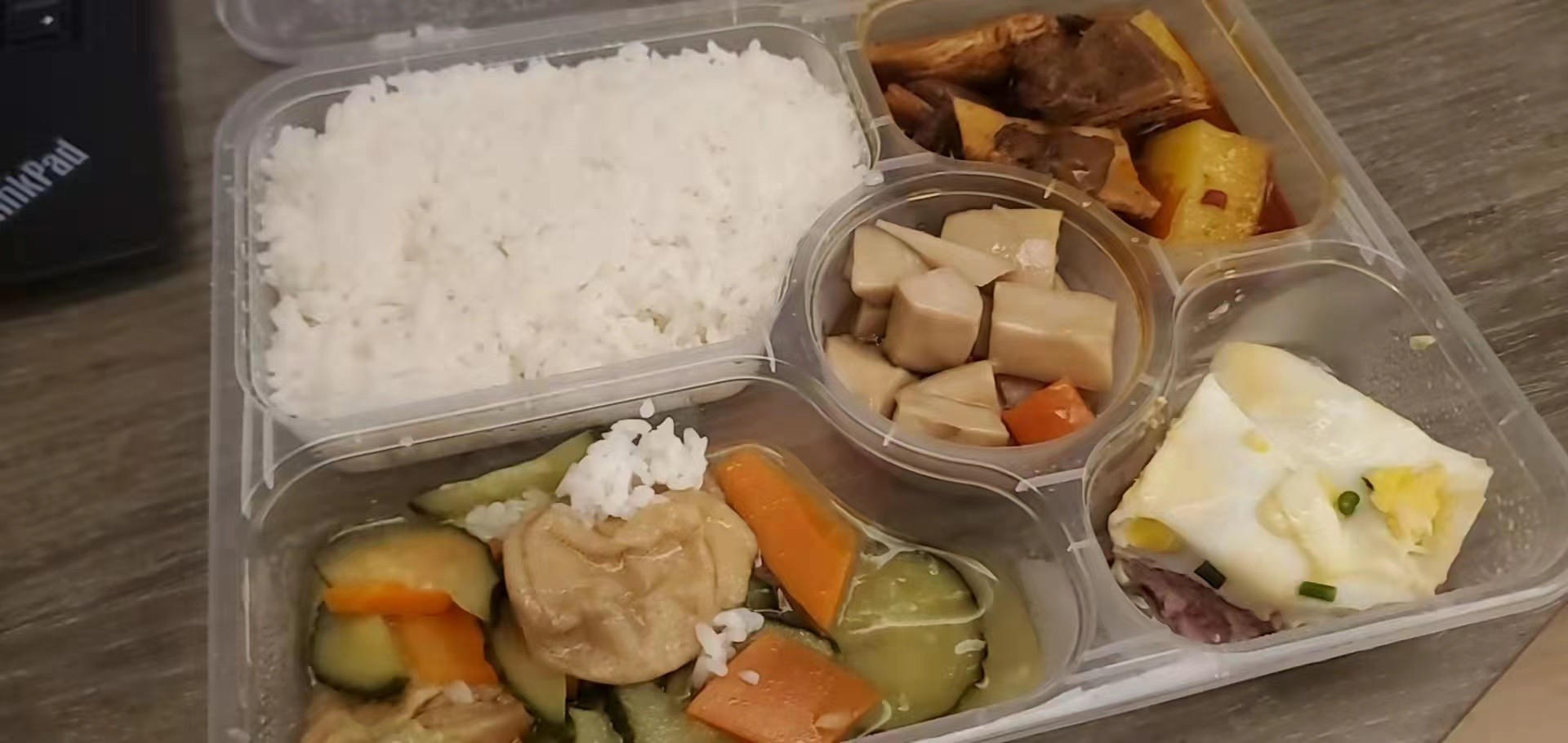
I would encourage anyone who is thinking about making this trip to do plenty of research into the cost and process, but not to feel like it’s impossible. As long as you meet the criteria to return (fully vaccinated with a Chinese vaccine and have a current work visa and residence permit), there is a very clear, tried and tested route to fly to the UK and return to China. My trip home was costly and stressful, but absolutely worth it.
This article originally appeared in That's Mags January issue, scan the QR code for your free copy.
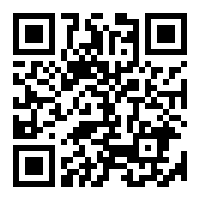
[Cover image via Wunderstock]
[All other images by Mike Pennington]






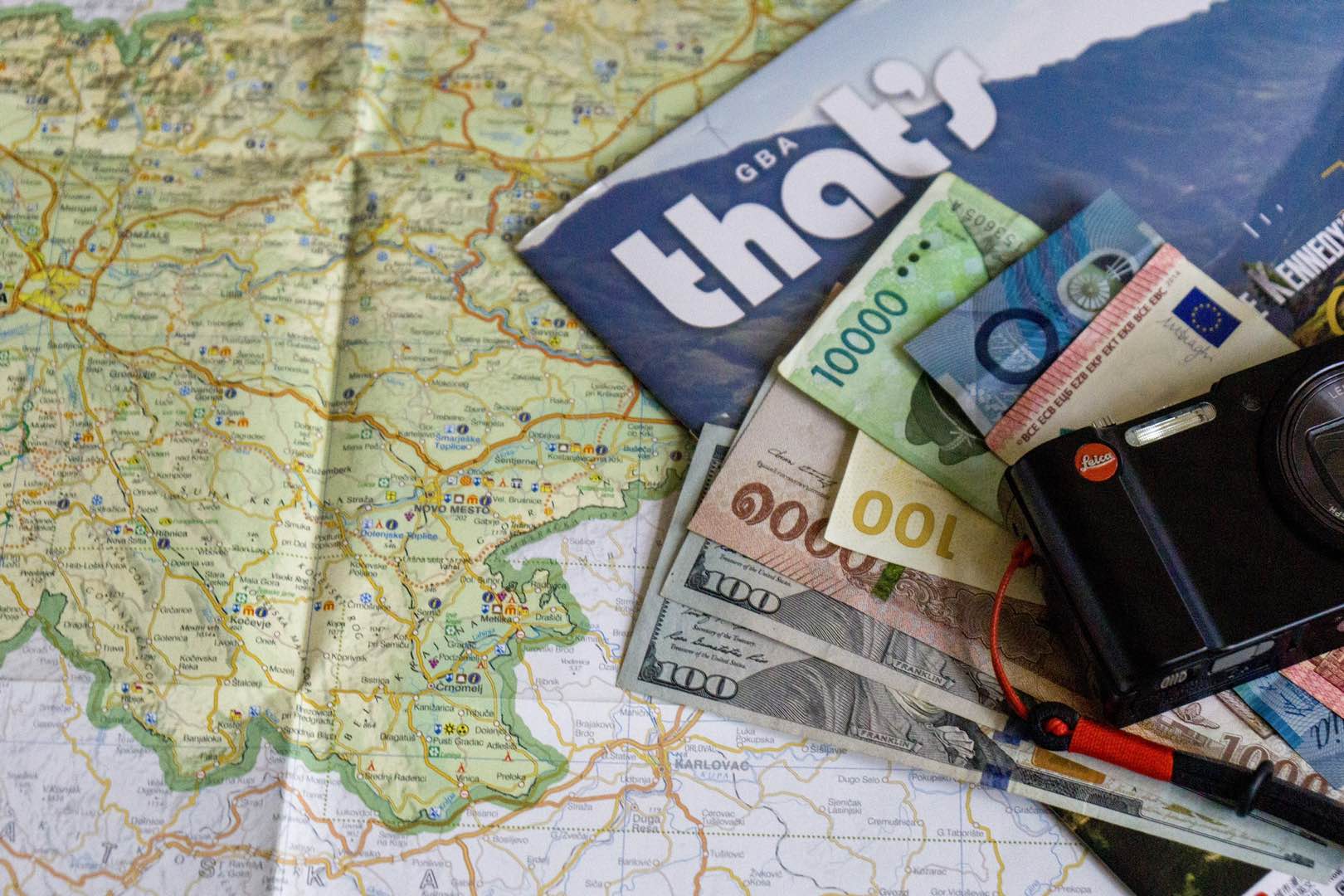
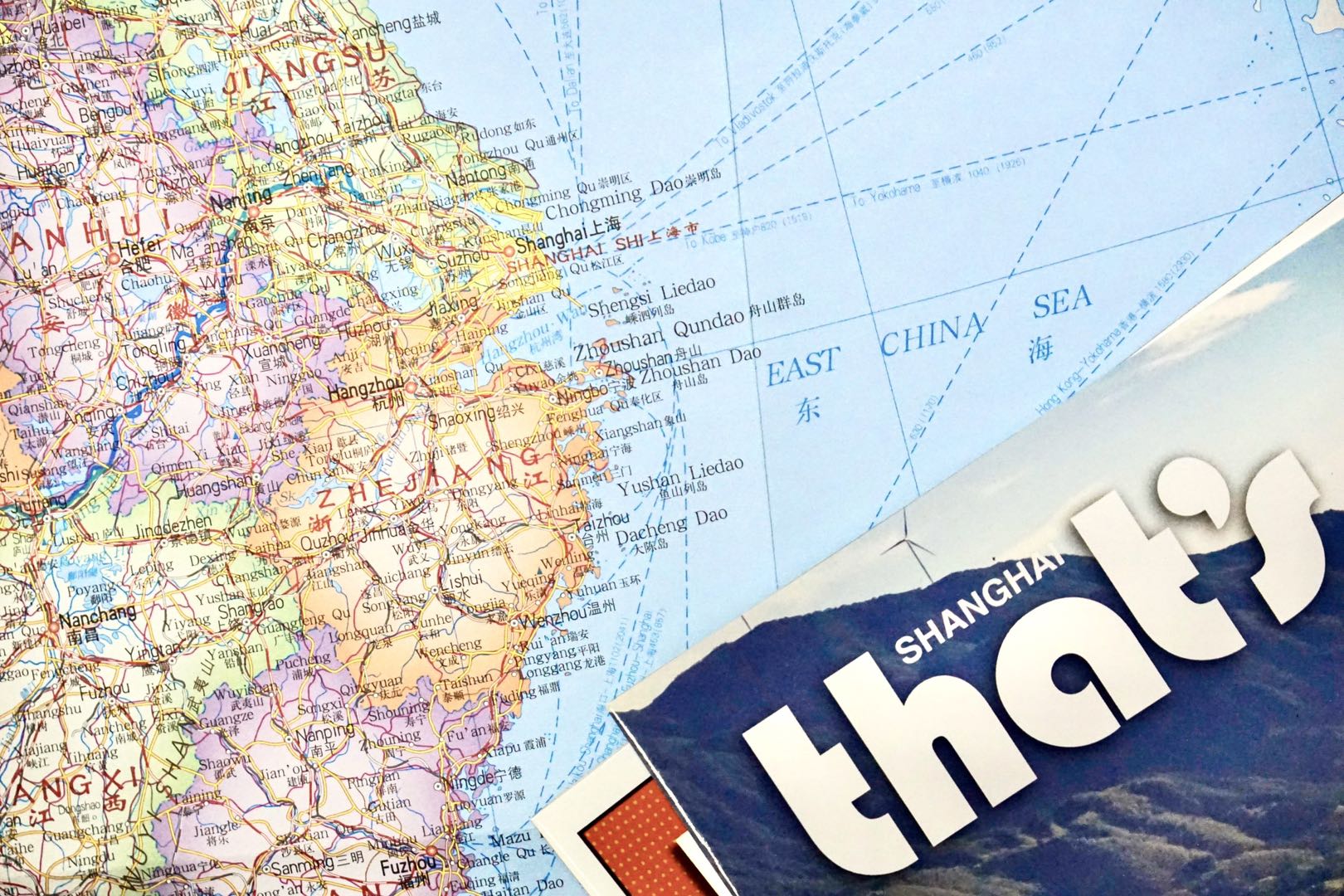














0 User Comments